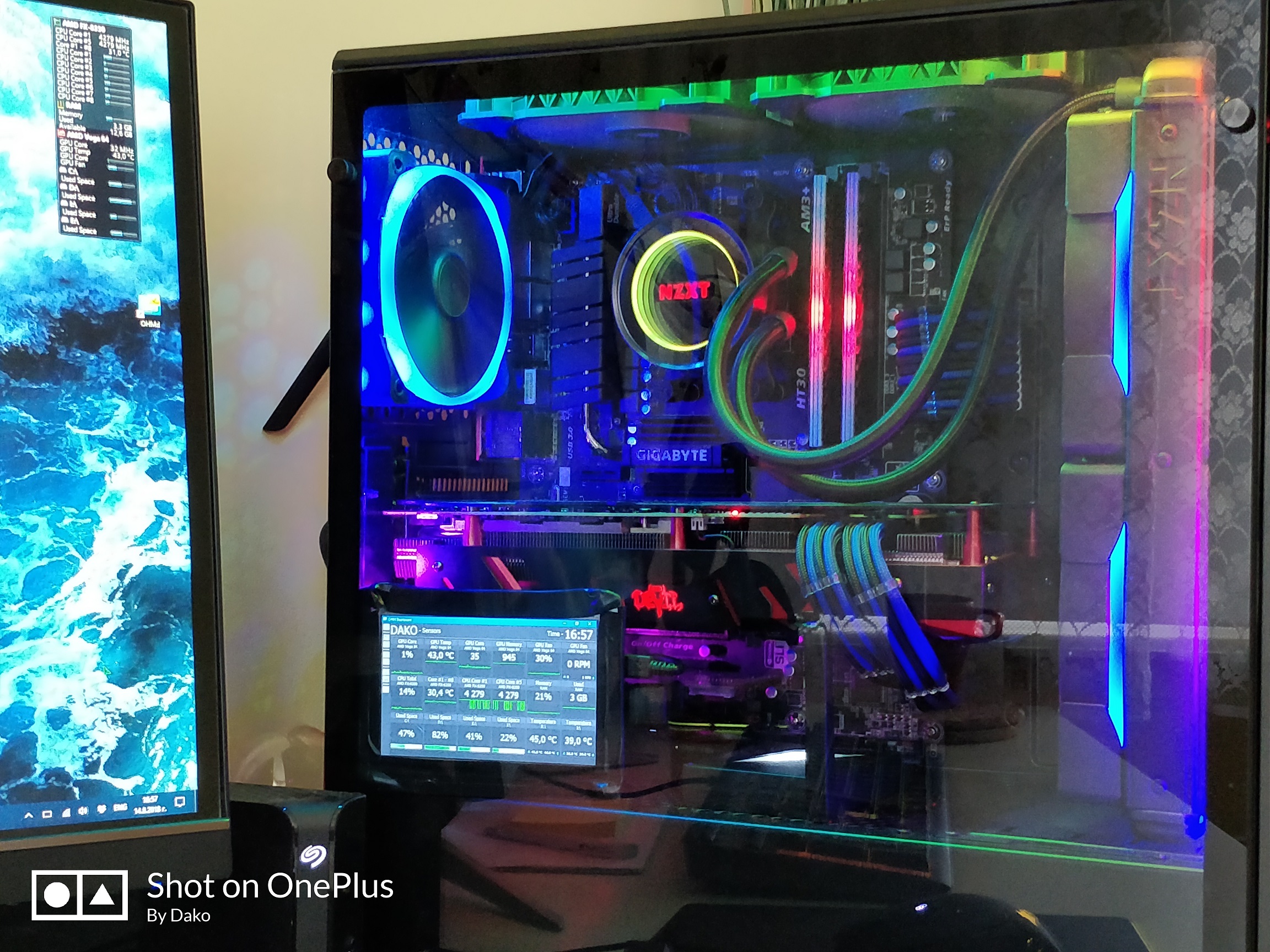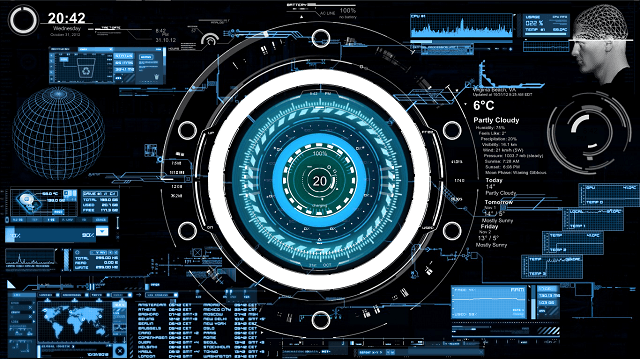
- #Desktop hardware monitor how to#
- #Desktop hardware monitor Pc#
- #Desktop hardware monitor download#
- #Desktop hardware monitor windows#
Before setting up monitoring, there are a couple of settings we need to modify on Windows. Once the setup is done, your display should power on. Make sure you are connecting the cable to your GPU and not your motherboard (unless you are using onboard graphics instead of a discrete GPU). Next up, connect the HDMI cable from the display to your GPU. You can, however, connect the cable to a USB port on your motherboard. Since my monitor has a USB pass-through, I connected the display to the monitor to reduce cable clutter. Once mounted, you will need to run two cables – HDMI input and USB power cable. Alternatively, you could also mount the display outside the case if you don’t have enough space inside or if you are like me and have a case with tinted side panel.īefore mounting, do check the back of the screen as some displays come with a physical on and off switch which will be hard to reach once you mount the display on your case. If you don't have stand-offs available, you can also use the extra ones that came with your motherboard. Moving on, you will also need a screwdriver and a couple of stand-offs, however, the latter is optional as some displays come with their own set of mounting hardware including stand-offs. Anything bigger than that is just a waste of space inside your case. As for size, make sure you get one that fits in your case, but I found five to seven inches to be the ideal size. You can check the Raspberry Pi website or Amazon to find the best display suited for your needs.

Unfortunately, there is no good recommendation for displays, as these vary widely based on the region and the manufacturer. Some displays only support Raspberry Pi and that will not help you as we will be connecting the display directly to the GPU.
#Desktop hardware monitor Pc#
Do make sure you buy a display that supports output via PC as well. For this, we would recommend going with one of the displays made for Raspberry Pi, as they are relatively cheap and come with the basic features that you will need. Off the bat, you will need a screen to display the various data points. With that out of the way, let's see what hardware you will need to complete the setup. Do note that this may require modding your hardware, so proceed at your own risk.
#Desktop hardware monitor how to#
It'll tell you how to add a second display to your PC to monitor temperature, power consumption, and the frequency at which the hardware is running. So, if you are the sort of person who likes to monitor your system's vitals, then we have a tutorial for you. While this is great for the average consumer, the increase in performance also has a negative impact in terms of the heat generated as well as the power consumption.
#Desktop hardware monitor windows#
It can be set to automatically load with Windows too.In the last couple of years, we have seen PC hardware take enormous leaps, both in terms of performance and efficiency. It is great for keeping an eye on system resources and takes up little memory and processor time. It can be put in the corner of the screen out of the way and set to always on top so other windows never hide it. It does not show anything you cannot see in Task Manager, but it is very small and takes up little screen space. This is an excellent utility for monitoring the system. The Operating System tab is less useful and it just shows a few details about Windows. There is a lot of detailed information here and it is useful to know. The Hardware Monitor tab provides detailed information about the hardware in the PC, such as processor, mainboard, memory, graphics card. It is OK, but it is really no better than Windows Task Manager. The first is Process Monitor and this is like an alternative version of Task Manager.Ĭlicking the headings enables you to sort the processes by CPU, memory and network activity, so you can see which ones are hogging the resources.


Check details opens a large window with three tabs. The floating mini information bar can be right clicked to access a short menu. It can be useful when you are downloading something big, like a video or a Windows update, or are streaming video and want to see the data usage. Click either of the first two figures in the bar to view a list of programs and the speed at which that are uploading and downloading data.
#Desktop hardware monitor download#
The upload and download speed indicators in the mini bar are useful for keeping an eye on internet activity.


 0 kommentar(er)
0 kommentar(er)
